Lorem ipsum
US Offsite partnered with RSA to design, manufacture, and deliver five new modular buildings that met California’s snow-load standards and doubled classroom capacity — all in under 10 months.

Lorem ipsum
US Offsite partnered with RSA to design, manufacture, and deliver five new modular buildings that met California’s snow-load standards and doubled classroom capacity — all in under 10 months.
Fire Alarm Basics | Prometheus
Today we run through recent action in fire safety best practice literature. Even though fire safety technologies comprise about 2-4 percent of a new building budget, the influence of the fire safety culture dominates all aspects campus safety; cybersecurity of public safety communication technology for example.
A small sample of the issues we have tracked in the past: (2002-2023). Items in RED indicate success in reducing cost with no reduction in safety (i.e. successful rebuttal, typically market-making by incumbents)
Fire Safety of University Dormitory Based on Bayesian Network
Gamification Teaching in School Fire Safety
Hospital Evacuation under Fire
One of the newer issues to revisit over the past few years is the fire safety of tents. Many colleges and universities are setting up large commercial tents outside buildings (within range of Wi-Fi) for students to congregate, study and dine. We are also seeing back and forth on fire safety in theatrical performance venues in the International Code Council building safety catalog.
We approach these titles with an eye toward driving risk-informed, performance requirements that reduce risk and cost for the user interest; while recognizing the responsibility of competitor stakeholders. It is not a friendly space for the user-interest who seeks to optimally resolve the competing requirements of safety and economy. Vertical incumbents completely dominate this domain.
Relevant NFPA Titles:
NFPA 10 Standard for Portable Fire Extinguishers
NFPA 13 Standard for the Installation of Sprinkler Systems
NFPA 25 Standard for the Inspection, Testing, and Maintenance of Water-Based Fire Protection Systems
NFPA 72 National Fire Alarm and Signaling Code®
NFPA 75 Standard for the Fire Protection of Information Technology Equipment
NFPA 76 Standard for the Fire Protection of Telecommunications Facilities
NFPA 92 Standard for Smoke Control Systems
International Code Council Group A 2021/2022 Code Cycle
Use the login credentials at the upper right of our home page.
More
NFPA Report: Structure Fires in Dormitories, Fraternities, Sororities and Barracks
ASTM Committee E0% on Fire Standards
Why do Humans Stare at Fire? : Scientific aspects of primal magic of fire
BSI Group Fire Safety || University of Nottingham Fire Safety Management
That’s a wrap on our 2024 open days! Thank you to everyone who came to visit us this year and to all of our wonderful staff and students who supported these events. ✨
If you want another look around our campuses, you can take a virtual tour at https://t.co/PXBidDxTYP #WeAreUoN pic.twitter.com/BiQXy7BgWl
— Uni of Nottingham #WeAreUoN (@UniofNottingham) October 12, 2024
“The prettiest sight I know,
Worth all your roses and snow,
Is the blaze of light on a Saturday night”
– E. Nesbit, ‘Saturday Song’
“Under Construction” State of the University Letter 2025
The Princeton Bonfire (a cherished campus tradition celebrating a sweep of football victories over Big Three rivals Harvard and Yale) has not yet occurred in 2025, as it depends on the outcomes of those games. The relevant schedule is:
If Princeton wins both (securing the “Big Three” title), the bonfire is traditionally lit on the Sunday evening immediately following the Yale game—that is, November 16, 2025, around 7 p.m. on Cannon Green. It would feature student-built stacks of wood, speeches, the Princeton University Band, and communal festivities.
2024 International Fire Code | Free Access
Crosswalk: NFPA Fire Code and ICC International Fire Code
Not to worry, I have a permit. pic.twitter.com/SUp9ztTH2g
— Emily Laudin (@EmilyLaudin) August 4, 2024
2024 GROUP A PROPOSED CHANGES TO THE I-CODES based on Committee Action Hearings October 2024
2024 GROUP A PROPOSED CHANGES TO THE I-CODES
2024/2025/2026 ICC CODE DEVELOPMENT SCHEDULE
ICC BCAC | Comments to be presented at October Hearings
Noteworthy Proposals:
IFC 1010.27 Locking arrangements, PDF page 252
IFC 1020.2 Corridor Fire Resistance Ratings. PDF page 356
IFC 915 More Carbon Monoxide Detection Systems, PDF page 1156
IBC 917 Mass notification for Group E occupancies, PDF page 1176
IFC 5701 More Process Hazard Analysis, PDF page 1571
The transcript (Complete Monograph) of Committee Actions should be available by September 5th.
Committee Action Hearings on Proposed Changes: October 23-31 Long Beach, California
“Waking Effectiveness of Alarms for Adults Who Are Hard of Hearing” 2007 Victoria University, Australia
Health Facilities: Navigating IBC and NFPA differences
Posted February 14, 2023
Free access to the latest edition of the IFC is linked below:
Following the ICC Group A revision cycle public consultation on the 2024 International Fire Code will begin. The ICC will announce the development schedule sometime in 2022.
We limit our resources simply tracking the proposals that run through Group E (Educational) and Group I (Institutional) occupancies in the Group A suite with closer attention to the state they are adopted whole cloth or with local exceptions. In many cases, IFC adoption by state and local authorities is delayed by one or more previous code revisions. This delay in adoption may be necessary in order for jurisdictions to evaluate the impact of changes upon the region under their authority.
Public safety budgets historically support the local and state fire marshal and his or her staff. The revenue stream of many trade associations originates from membership, conference attendance, training and certification enterprises that service the public sector stakeholder. Manufacturer sponsorship of trade association conferences is noteworthy.
Unless there is an idea, or proposed regulation that has run off the rails (either in terms of rigor or cost increase) — we place fire safety in the middle of our ranking of priorities. With gathering pace, we find many fires safety goals being met with electrotechnologies where we place our highest priority.

Click on image for more information. The map is updated by expert agencies frequently so we recommend a web search for an update.
Significant code changes rarely happen within a 3-year cycle so it is wise to follow ideas as they travel through the agendas of technical committees through several cycles as administered by the Fire Code Action Committee.
The ICC posts the transcripts of public proposals, technical committee responses to public proposals, public response to the technical committee response and the final balloting in a fair and reasonable fashion as can be seen in the transcripts linked below:
2021 International Fire Code Proposed Changes
2021 International Fire Code Public Comment Agenda
A search on the terms “classroom” or “school” in any of the documents above offers granular insight into the trend of current thinking. We find fire extinguishers placement a perennial concern across several standards suites. You will note the careful consideration of proposals for use of the mass notification systems, now integrated into fire alarm systems and their deployment in active shooter situations.
The transcripts reveal detailed understanding and subtlety.
There are many issues affecting the safety and sustainability of the education facility industry. We add value to the industry because of our cross-cutting perspective on the hundreds of “silos”created by the competition (and sometimes cooperation) among accredited, consortia and open-source standards developers. We have the door open every day at 11 AM Eastern time to enlighten understanding of them all. We also host a breakout teleconference every month to drill into the specifics of standards action on fire safety for the real assets of school districts, colleges and universities. See our CALENDAR for the next online meeting.
Finally, we persist in encouraging education industry facility managers (especially those with operations and maintenance data) to participate in the ICC code development process. You may do so by CLICKING HERE.
The ICC Group B Code Meetings will be hosted soon and open to the public:
The Group B tranche is largely focused on energy, structural, residential and existing building concepts but all of the titles cross-reference the IFC in some way so it is wise to follow how the concepts re-arrange and cross-reference themselves with each cycle.
Issue: [16-169]
Category: Architectural, Facility Asset Management, Space Planning
Colleagues: Mike Anthony, Casey Grant, Joshua Evolve, Marcelo Hirschler
More
2021/2022 ICC CODE DEVELOPMENT SCHEDULE
FINAL ACTION RESULTS ON THE 2018 PROPOSED CHANGES TO THE INTERNATIONAL CODES – GROUP A
2018 GROUP A PROPOSED CHANGES TO THE I-CODES COLUMBUS COMMITTEE ACTION HEARINGS
2018 GROUP A PUBLIC COMMENT AGENDA | INTERNATIONAL BUILDING CODE
2018 GROUP A PUBLIC COMMENT AGENDA | INTERNATIONAL FIRE CODE
2018 REPORT OF THE COMMITTEE ACTION HEARINGS ON THE 2018 EDITIONS OF THE GROUP A INTERNATIONAL CODES
NFPA Fire Protection Systems Catalog (Lorem ipsum)
Crosswalk: NFPA Fire Code and ICC International Fire Code
Free public access to the current edition of NFPA’s parent fire safety document is linked below:
We attend to occupancy-specific chapters (listed below) because of their significant presence in education communities.
Chapter 25: Grandstands and Bleachers, Folding and Telescopic Seating, Tents and Membrane Structures (N.B)
Chapter 26: Laboratories Using Chemicals
Chapter 29: Parking Garages
Chapter 32: Motion Picture and Television Production Studio Soundstages and Approved Production Facilities
Chapter 35: Animal Housing Facilities
Chapter 36: Telecommunication Facilities and Information Technology Equipment
Chapter 50: Commercial Cooking
Chapter 52: Energy Storage Systems
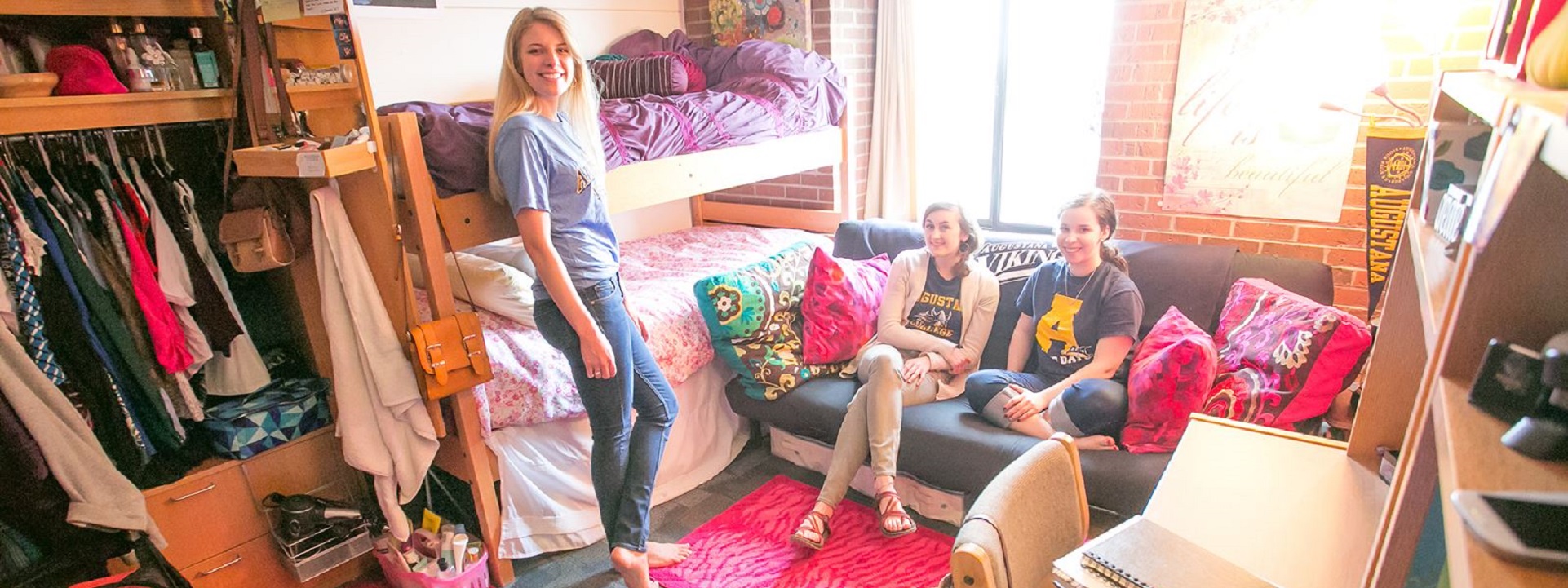
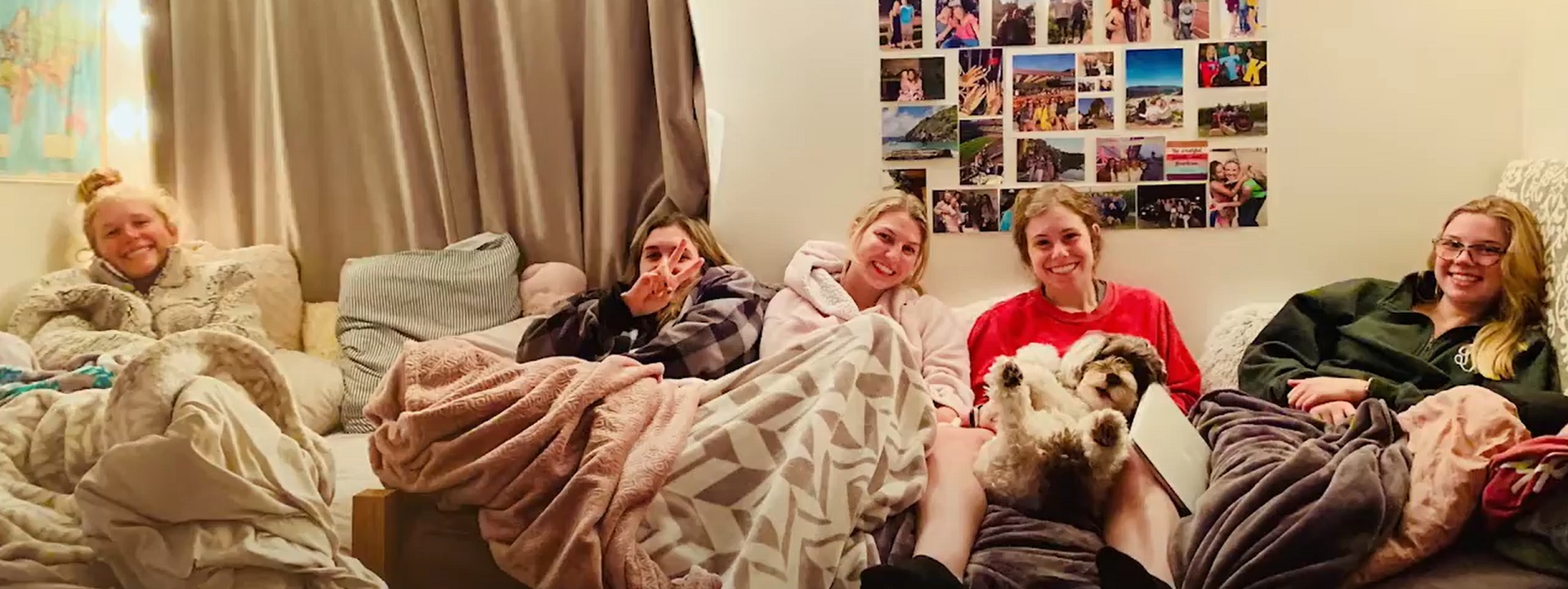


Some of the chapters reference other titles such as NFPA 45 Standard of Fire Protection for Laboratories Using Chemicals which support risk management in other occupancies. It is noteworthy that in the 2021 revision cycle of NFPA 1 there are relatively few new concepts regarding education facilities that have been proposed. You get a sampling of the ideas in play from the transcript of public input for the 2024 edition.
Public Input Report (525 Pages)
Use search terms such as school, college, university, dormitory(ies), laboratory(ies), classroom, children, day-care, student, et cetera for a sense of the ideas in play.
Results of the 2027 First Draft meetings have not yet been posted as on November 9, 2024. A preview of the ideas in play can be found in the meeting minutes of the several committees linked below:
Fire Code (FCC-AAC): First Draft Meeting Minutes
First Draft: Fundamentals of the Fire Code (FCC-FUN)
Special Equipment, Processes and Hazardous Materials (FCC-HAZ)
Building Systems and Special Occupancies (FCC-OCP)
Public comment on the First Draft of the 2027 revision will be received until April 24, 2025.
We include NFPA 1 on our periodic fire safety colloquia — identified by the mnemonic Prometheus — and march along peak interests.
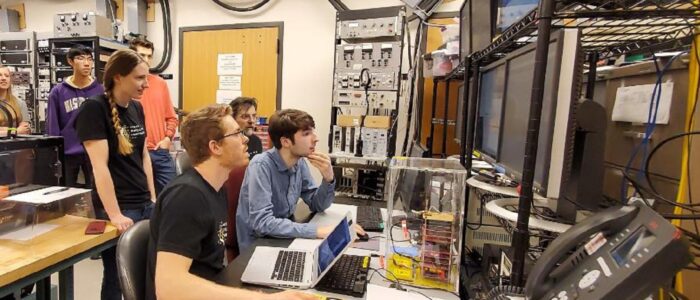
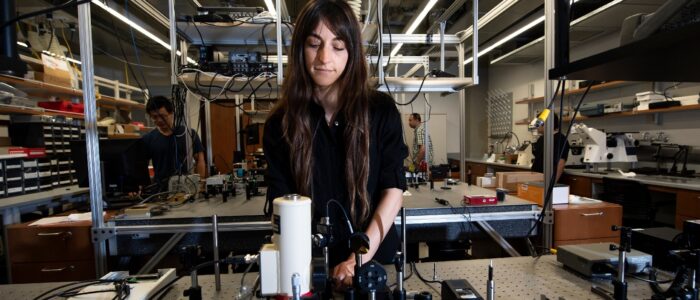
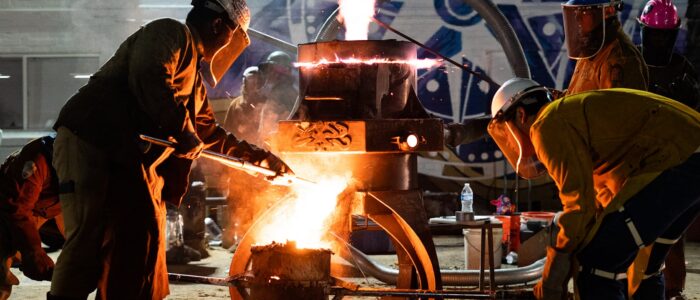
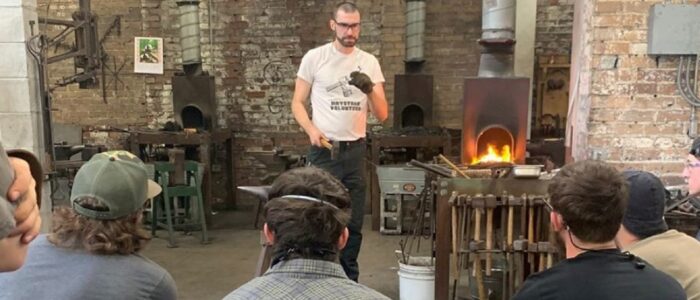


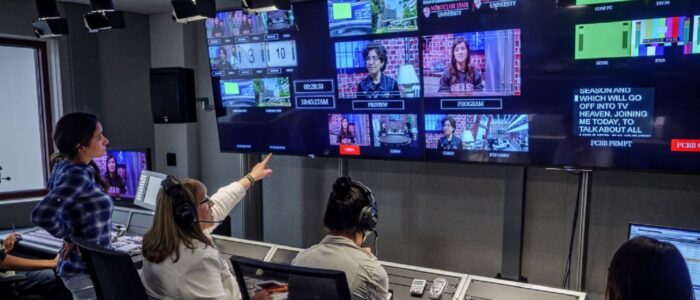


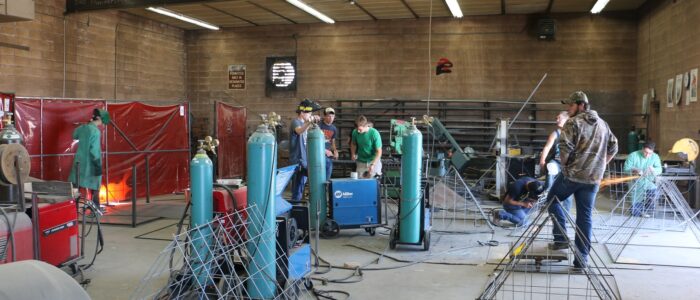
Campus fire safety is domain relatively well-covered by other organizations such as the Center for Campus Fire Safety and HigherEd Safety so we place NFPA 1 in the middle of our priority tier. We are more interested in the harmonization of NFPA 1 with a competitor title International Fire Code; published by the International Code Council; to wit:
International Fire Code: The purpose of this code is to establish the minimum requirements consistent with nationally recognized good practice for proving a reasonable level of life safety and property protection from the hazards of fire, explosion or dangerous conditions in new and existing buildings, structures or premises and to provide a reasonable level of safety to fire fighters and emergency responders during emergency operations
Fire Code: The scope includes, but is not limited to, the following: (1) Inspection of permanent and temporary buildings, processes, equipment, systems, and other fire and related life safety situations (2) Investigation of fires, explosions, hazardous materials incidents, and other related emergency incidents (3) Review of construction plans, drawings, and specifications for life safety systems, fire protection systems, access, water supplies, processes, hazardous materials, and other fire and life safety issues (4) Fire and life safety education of fire brigades, employees, responsible parties, and the general public (5) Existing occupancies and conditions, the design and construction of new buildings, remodeling of existing buildings, and additions to existing buildings (6) Design, installation, alteration, modification, construction, maintenance, repairs, servicing, and testing of fire protection systems and equipment (7) Installation, use, storage, and handling of medical gas systems (8) Access requirements for fire department operations (9) Hazards from outside fires in vegetation, trash, building debris, and other materials (10) Regulation and control of special events including, but not limited to, assemblage of people, exhibits, trade shows, amusement parks, haunted houses, outdoor events, and other similar special temporary and permanent occupancies (11) Interior finish, decorations, furnishings, and other combustibles that contribute to fire spread, fire load, and smoke production (12) Storage, use, processing, handling, and on-site transportation of flammable and combustible gases, liquids, and solids (13) Storage, use, processing, handling, and on-site transportation of hazardous materials (14) Control of emergency operations and scenes (15) Conditions affecting fire fighter safety (16) Arrangement, design, construction, and alteration of new and existing means of egress
Note that both ICC and NFPA parent fire safety documents are developed on coincident 3-year cycles.
Issue: [18-90]
Category: Fire Safety, Public Safety
Colleagues: Mike Anthony, Joshua W. Elvove, Joe DeRosier, Casey Grant
The Japanese Standards Association is the Global Secretariat for a standardization project devoted to the discovery and promulgation of common methods and guidelines for coordinated lifetime management of network assets in power systems to support good asset management. In addition, this may include the development of new methods and guidelines required to keep pace with development of electrotechnologies excluding generation assets; covered by other IEC standards.
There has, and will continue to be significant investment in electricity assets which will require ongoing management to realise value for the organizations. In the last 5 years, there has been USD 718 billion investment for electricity, spending on electricity networks and storage continued, reaching an all-time high of USD 277 billion in 2016. In the United States (17% of the total) and Europe (13%), a growing share is going to the replacement of ageing transmission and distribution assets. A more fully dimensioned backgrounder on the business environment that drives the market for this title is available in the link below:
IEC/TC 123 Strategic Business Plan
Begun in 2018, this is a relatively new project with three stabilized titles:
IEC 60050-693 ED1: Management of network assets in power systems – Terminology
IEC 63223-2 ED1: Management of network assets in power systems – Requirements
IEC TS 63224 ED1: Management of network assets in power systems – Practices and case studies
Electropedia: The World’s Online Electrotechnical Vocabulary
It is early in this project’s lifecycle; far too early to find it referenced in public safety and energy laws in the United States where it would affect #TotalCostofOwnership. Where we should, we follow the lead of the USNC/IEC for the United States, while still mindful that many of our IEEE colleagues follow the lead of their own national standards body.
Because this project fills an obvious gap in good practice literature we maintain this project on our 4 times monthly electrotechnology colloquium that we co-host with the IEEE Education & Healthcare Facilities Committee. See our CALENDAR for the next online meeting; open to everyone.
World Standards Day 2023 webinars on latest information technologies
The importance of functional safety | 2023-10-11 IEC Editorial Team
“When buying and selling are controlled by legislation,
the first things to be bought and sold are legislators.”
— P.J. O’Rourke
“Federal Power Act” | June 10, 1920, Chapter 285 of the 66th Congress]
The Federal Energy Regulatory Commission is an independent agency within the U.S. federal government that regulates interstate transmission of electricity, natural gas, and oil. It oversees wholesale energy markets, pipeline infrastructure, and hydroelectric projects, ensuring fair rates and reliability. While independent, FERC operates under the Department of Energy’s umbrella but does not take direct orders from the executive branch.
FERC enforces energy laws, approves infrastructure projects, and regulates market competition. FERC plays a crucial role in balancing economic, environmental, and energy security concerns, aiming to maintain a stable and efficient energy system across the United States. Since the U.S. shares interconnected electricity grids with Canada and Mexico, FERC’s decisions on transmission rules and pricing affect energy flows and grid reliability in both countries.
Our interest lies in closing a technical gap that exists upstream from the building service point and downstream from the utility supply point. Some, not all of it, can be accomplished with titles in the IEEE catalog.
Given the dominance of vertical incumbents in the electric power domain, we have submitted a tranche of reliability concepts into the ASHRAE, NFPA and ICC catalogs — not so much with the expectation that they will be gratefully received — but that our proposals will unleash competitive energies among developers of voluntary consensus standards.
One of our proposals was heard at the April-May and October meetings of the International Code Council. We are happy to discuss the outcome of that proposal any day at the usual hour.
Commissioner-Led Reliability Technical Conference Agenda: October 16, 2024, 10:00 AM
Nothing happened in August
Technical Conference RE: Large Loads Co-Located at Generating Facilities: November 1, 10AM EDT
Echo Chamber Synonyms: mutual admiration society, self congratulatory club,
back patting session, congratulatory loop, closed loop of praise, reciprocal praise fest,
feedback bubble, endless validation cycle, compliment carousel.
Transmission Planning Using a Reliability Criterion
In power system engineering, availability and reliability are two important concepts, but they refer to different aspects of the system’s performance.
Reliability:
Reliability focuses on the likelihood of failure and the ability of the system to sustain operations over time, while availability concerns the actual uptime and downtime of the system, reflecting its readiness to deliver power when required. Both concepts are crucial for assessing and improving the performance of power systems, but they address different aspects of system behavior.
November 2023 Highlights | FERC insight | Volume 10
Determining System and Subsystem Availability Requirements: Resource Planning and Evaluation
Comment: These 1-hour sessions tend to be administrative in substance, meeting the minimum requirements of the Sunshine Act. This meeting was no exception. Access to the substance of the docket is linked here.
Noteworthy: Research into the natural gas supply following Winter Storm Elliot.
UPDATED POLICIES ON U.S. DECARBONIZATION AND TECHNOLOGY TRANSITIONS![]()
June 15:FERC Finalizes Plans to Boost Grid Reliability in Extreme Weather Conditions
On Monday June 13th, Federal Energy Regulatory Commission commissioners informed the House Committee on Energy and Commerce that the “environmental justice” agenda prohibits reliable dispatchable electric power needed for national power security. One megawatt of natural gas generation does not equal one megawatt of renewable generation. The minority party on the committee — the oldest standing legislative committee in the House of Representatives (established 1795) — appears indifferent to the reliability consequences of its policy.
Joint Federal-State Task Force on Electric Transmission
“Our nation’s continued energy transition requires the efficient development of new transmission infrastructure. Federal and state regulators must address numerous transmission-related issues, including how to plan and pay for new transmission infrastructure and how to navigate shared federal-state regulatory authority and processes. As a result, the time is ripe for greater federal-state coordination and cooperation.”
Bibliography:
Natural Gas Policy Act of 1978
Glossary of Terms Used in NERC Reliability Standards
The Major Questions Doctrine and Transmission Planning Reform
As utilities spend billions on transmission, support builds for independent monitoring
States press FERC for independent monitors on transmission planning, spending as Southern Co. balks
Related:
At the July 20th meeting of the Federal Energy Regulatory Commission Tristan Kessler explained the technical basis for a Draft Final Rule for Improvements to Generator Interconnection Procedures and Agreements, On August 16th the Commission posted a video reflecting changes in national energy policy since August 14, 2003; the largest blackout in American history.
Hubbell Corporation, a leader in electrical and utility solutions, significantly contributes to data center build-outs by providing end-to-end infrastructure products. These include reliable connectivity, structured cabling, wiring devices, enclosures, and modular prefabricated systems for high-density server rooms and power distribution. Through brands like PCX and Hubbell Premise Wiring, it ensures scalability, maximum uptime, and regulatory compliance, backed by a 25-year guarantee. Amid AI-driven demands, Hubbell’s vertically integrated approach supports efficient grid-to-chip power management, enabling faster, resilient expansions for colocation and enterprise facilities.
We want to give a warm welcome to this year’s summer #interns! This summer, we have 94 interns that span across 23 locations, 57 universities, and over 12 business functions.
We look forward to seeing the unique contributions that each of these interns will make over the summer. pic.twitter.com/A2mbytr338
— Hubbell Incorporated (@HubbellCorp) May 15, 2023
New update alert! The 2022 update to the Trademark Assignment Dataset is now available online. Find 1.29 million trademark assignments, involving 2.28 million unique trademark properties issued by the USPTO between March 1952 and January 2023: https://t.co/njrDAbSpwB pic.twitter.com/GkAXrHoQ9T
— USPTO (@uspto) July 13, 2023
Standards Michigan Group, LLC
2723 South State Street | Suite 150
Ann Arbor, MI 48104 USA
888-746-3670
